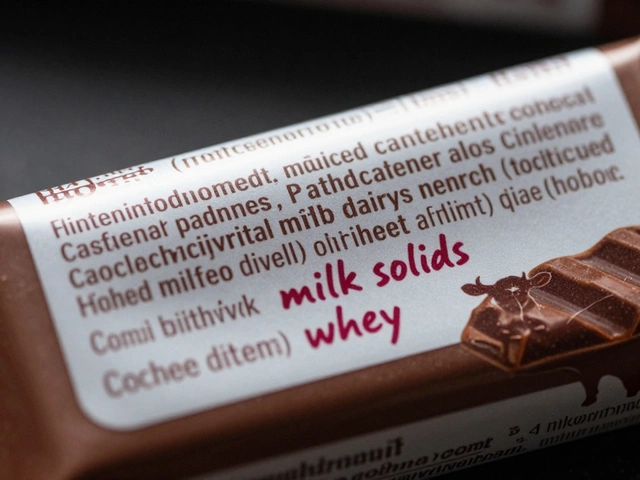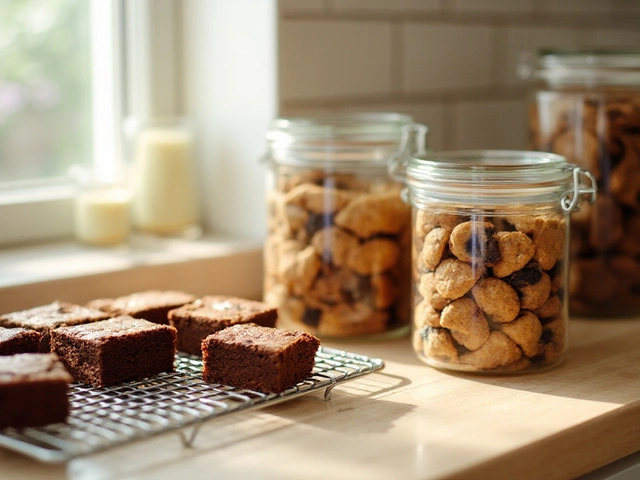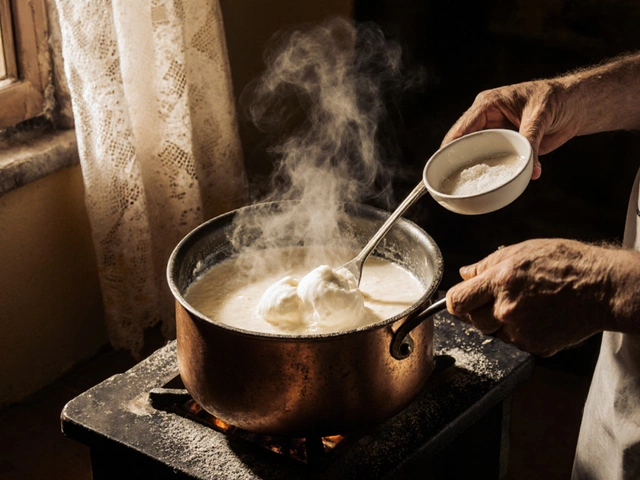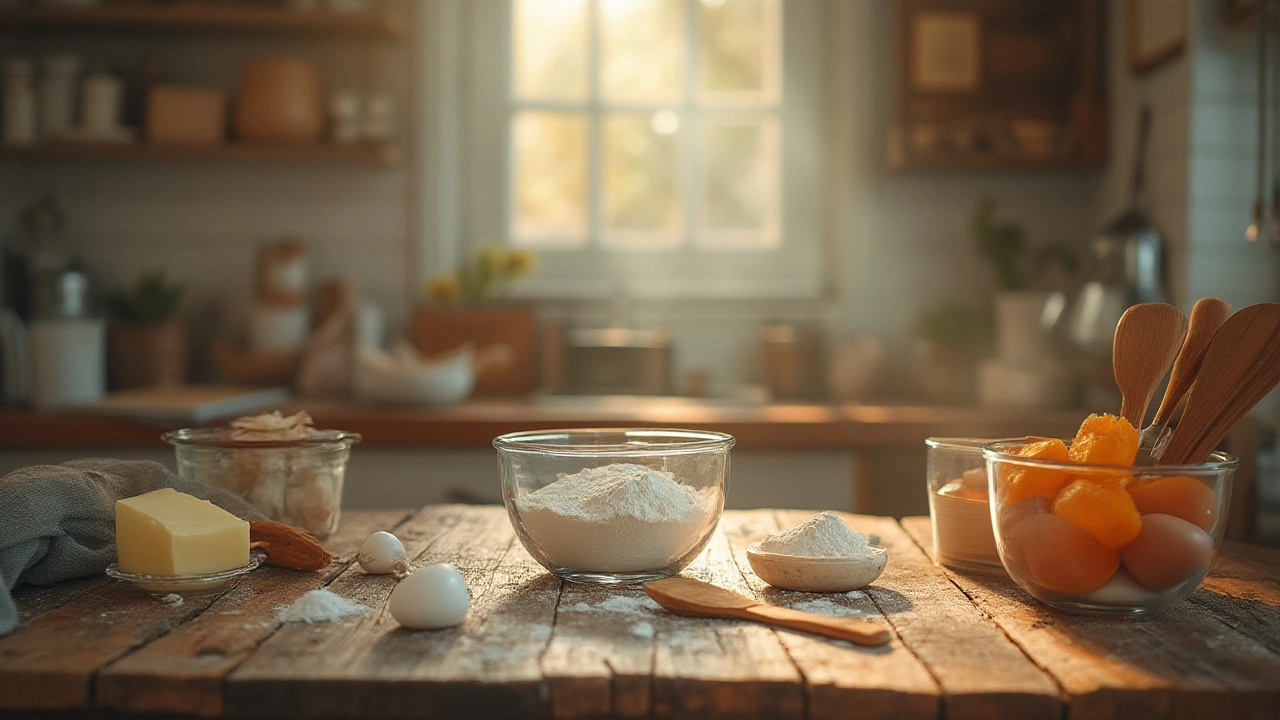
Ever wonder why your cookies don’t look like those glossy, chewy beauties you drool over on Instagram? Here’s the inside scoop: baking cookies isn’t just about following a recipe. It’s an experiment in chemistry, a balancing act with your oven, and a bit of everyday magic. Mess up a single step, and you’re left with hockey pucks instead of gooey, golden treats. People love the smell of fresh cookies wafting from the kitchen, but that comforting scent loses its charm when your batch turns out rock-hard or falls apart before you can sneak a taste.
Respecting Your Ingredients: Why They Matter and How to Use Them Right
The most common disaster in home kitchens starts with carelessness at the ingredient stage. Think about butter, for example. There’s a universe of difference between using cold, straight-from-the-fridge butter versus properly softened butter. Softened butter traps air when you cream it, giving your cookies a lighter texture. Too hard, and your dough’s impossible to mix; too melted, and you’ll get sad, greasy puddles. Eggs should be at room temperature—they mix more evenly. If you’ve ever watched your dough curdle or wondered why your cookies have weird spots, it’s probably from dumping in cold eggs straight from the fridge. Sugar isn’t just about sweetness—it controls structure and moisture. Brown sugar makes cookies chewy, while white sugar leads to crispness. Some bakers swear by blending both for the ultimate texture.
Flour needs respect, too. Over-measuring flour is the top culprit for dry cookies. Get this: spoon flour into the cup, then level it with a knife for accuracy. Scooping straight from the bag packs it in, and you’ll end up with a dense dough that bakes into cement blocks. And let’s not forget leaveners like baking soda and powder. Old baking soda can make cookies flat and bitter, so check the date before adding. A tiny kitchen scale can be your best friend here—most professionals use it for a reason, as it avoids all the guesswork. Good chocolate chips matter, too. Real chocolate (not waxy, fake stuff) makes a giant difference. If it doesn’t smell intensely chocolatey, skip it.
And for those wild at heart who love to add nuts or dried fruit—toast your nuts first for extra flavor and always chop them to a size that won’t poke holes in your dough. If you’re using extracts (like vanilla), go real or go home; there’s a night-and-day difference between pure extract and imitation. Salt matters, too. You wouldn’t believe how much dull cookies come alive with a pinch of flaky sea salt at the end. It’s the secret weapon for everyone’s “best” recipe.
Nailing the Process: Mixing, Chill Time, and Dough Discipline
Dough drama always comes down to mixing—either too much or not enough. When you beat butter and sugar, you need patience. You want the mixture pale and fluffy; this usually takes three good minutes with a mixer. If you skimp, your cookies won’t rise. Next comes flour, and here’s where you need a gentle hand. Over-mixing activates gluten, which is great for bread but gives you tough cookies. As soon as the flour disappears, stop. If you’re stirring in extras—like nuts or chips—fold them in gently. Think of the dough as delicate, like cookie gold that needs kindness.
Now, here’s something most people skip that absolutely transforms cookies: chilling the dough before baking. At least 30 minutes in the fridge, but overnight is even better. Chilled dough solidifies the fat, so your cookies spread less and turn out taller and chewier. This time also lets the flavors deepen. It’s not fluff—serious bakers let their dough rest. Try baking a batch right away and then another with dough you chilled overnight. The difference is real, and your friends will swear you switched recipes.
Scooping the dough also takes some strategy. A cookie scoop gives you even pieces, which bake at the same rate. If your cookies are all sorts of shapes and sizes, some may burn before the big ones are even close. Pressing dough balls lightly, rolling in sugar, or flattening slightly all affect the texture—pay attention to what your recipe wants. If you’re making classic chocolate chip cookies and you crave those crispy edges with a soft middle, taller dough mounds help. For something thin and lacy, flatten them a little more.
Line your baking sheets with parchment paper or use a silicone mat. This small step keeps cookies from sticking and helps clean-up go way faster. If you re-use a hot baking sheet for second and third batches, your cookies can spread out too much and get thin and crispy whether you want them or not. Grab an extra pan or let your tray cool totally before starting again. It’s these little details—often skipped—that lead to bakery-quality results in your own kitchen.
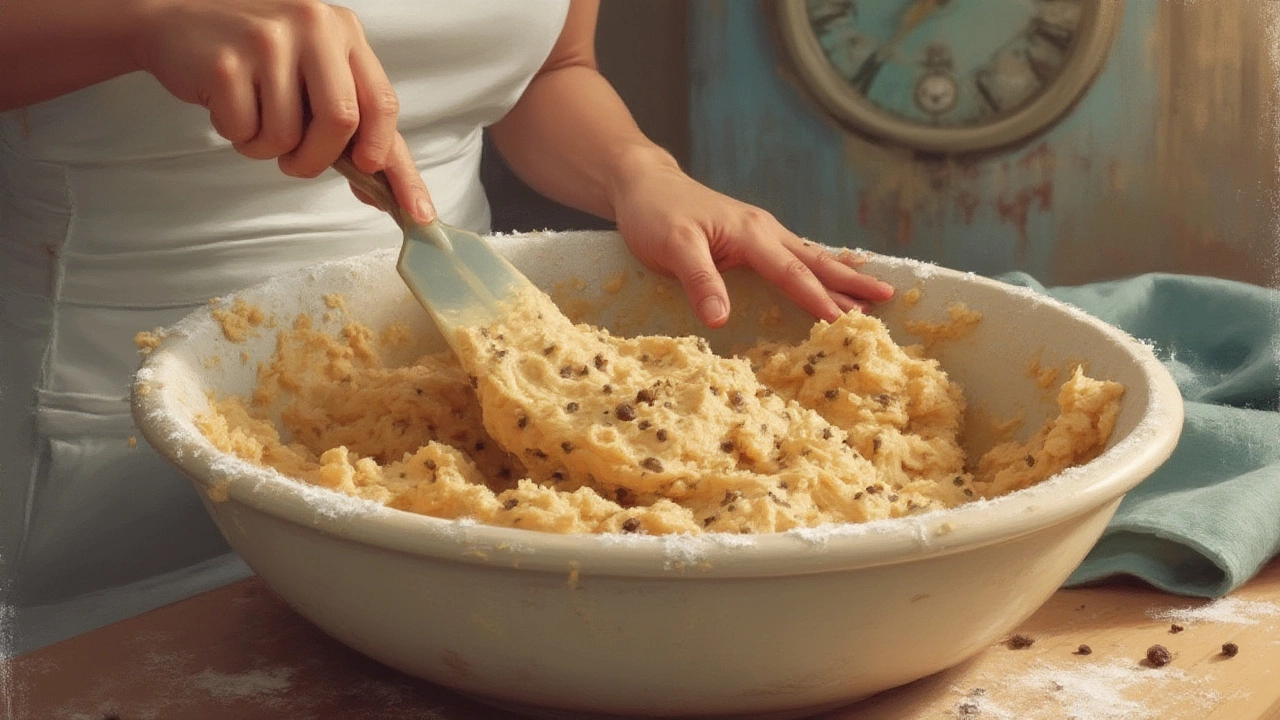
The Magic of Baking Time and Temperature
This is where the drama really unfolds. Even the best dough means nothing if your oven sabotages the job. Ovens lie—seriously. That dial on the front is often ten, sometimes even twenty degrees off! Get an oven thermometer if you don’t trust it, and chances are you shouldn’t. Most cookies bake best at 350°F (177°C), but fan/convection ovens can run hotter, so keep an eye on things. Check your cookies a minute or two before the recipe says—trust your eyes and nose more than the clock.
Watch for edges: golden, just set, and the centers a bit soft and pale. That moment might feel risky, but pull them out, and allow them to finish cooking on the baking sheet. It’s called carryover baking, and it turns “almost there” into complete perfection. Letting cookies cool on the tray for three to five minutes before transferring to a rack helps them set up without falling apart. Don’t crowd your oven, either. One sheet at a time gives you consistent results. If you bake two sheets, rotate them top to bottom and front to back halfway through.
Baking time isn’t negotiable—set a timer. Anyone who “eyeballs” cookies ends up with some overdone rocks and others still gooey. Start with the least recommended time the first round. Different types of cookies want different treatments: shortbreads need a gentle touch and a low oven, while drop cookies love a nice, hot blast. If you’re in high altitude, add an extra tablespoon of flour for every cup and reduce baking soda a little. You might have to experiment—a batch or two of duds are part of every baker’s story.
And here’s a trick from a pastry chef most people never hear: for ultimate cookie flavor, sprinkle a bit of flaky salt on top a minute before they finish baking. Suddenly those cookies taste like they came from a fancy bakery. For chocolate chip cookies, press a few extra chips into the tops of dough right before popping them in the oven to get that irresistibly photogenic look.
Recovering from Mistakes and Boosting Your Cookie Game
So, things went sideways—maybe your cookies are pale, flat, or too dry. Don’t toss the batch just yet. If cookies are under-baked and sticky, pop them back in the oven for a minute or two. Too crispy? A slice of bread in the container softens them overnight. If the dough is too crumbly, a splash of milk can bring it back. Dry dough loves a bit of extra fat; think a half tablespoon of melted butter worked in by hand.
Pay attention to how your cookies turn out, then tweak ingredients next time. For chewier cookies, add an extra egg yolk. For puffier ones, chill dough longer or use a touch more baking powder. If you want them crispier, swap out some of the brown sugar for white. Baking is a journey—even pros mess up sometimes. The more attuned you get to small changes, the better your cookies will be.
Got creative energy bubbling? Switch things up. Use browned butter for deep, nutty notes. Try chopped toffee, a pinch of instant espresso powder, or citrus zest for a grown-up twist. Rolling cookie balls in cinnamon sugar turns them into snickerdoodles. Dip edges in melted chocolate for a show-stopping finish at holiday gatherings. When you wrap gifts of homemade cookies, tuck in a hand-written card sharing what made that batch special—your secret ingredient, a funny kitchen mishap, or that first bite when nobody could resist going back for seconds.
There are endless ways to level up your cookie game. Start with these three guidelines: care with ingredients, mindful mixing and chilling, and oven awareness. It sounds simple, but it’s the difference between store-bought “meh” and rave reviews. Everyone deserves a warm, homemade cookie straight from the oven. So next time the craving hits, remember, you’ve got the playbook for something amazing. Happy baking!

